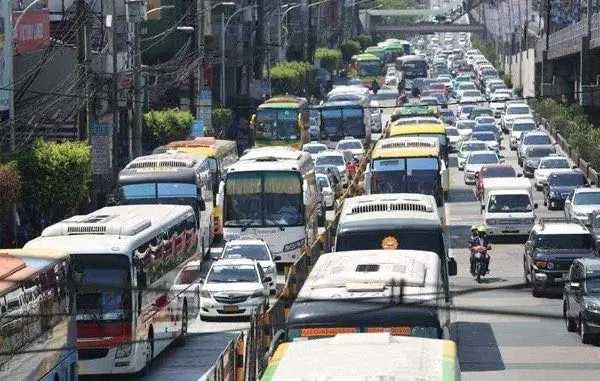Register now to join Ufos Travel and make travel friends around the world
Login to follow friends and send messages. No Account? Register
×
For those who are visiting Manila, Philippines for the first time, transportation and Travel are factors that must be considered. Walking around in an unfamiliar city can be daunting, especially if you don’t understand the local language. Regarding urban transportation issues in the Philippines, we have compiled this detailed practical transportation guide in Manila to help everyone get familiar with and adapt to this city more quickly.
Manila city overview
Manila is the capital city and largest port of the Philippines. It is a city with a history of more than 400 years. It is based on Indian civilization, Chinese civilization and ancient Central Asian civilization, and integrates the Western civilization of Spain and the United States to form a combination of East and West. culture. Walking on the streets of Manila, you will see Chinese-style arcades, Western-style churches and castles, and modern commercial buildings coexisting together day and night, full of exotic atmosphere. There are rows of high-rise buildings on both sides of the coastal boulevard, with tall coconut trees and green palms shading each other.
Of course, the overall economic development level of the Philippines is far lower than that of China. Although Manila is the capital city of the Philippines and has a dense population, its road construction is backward. As long as you have been there, you can feel the traffic congestion. Sometimes, it is even less than a kilometer away. Half an hour to an hour is common. Many of our colleagues in the Philippines live far away and often need to go out two or three hours in advance to catch a bus to avoid being late.
Practical transportation guide in Manila

Taxis are by far the easiest and most convenient way for a foreigner to get around the city. Most drivers are friendly and speak some English. If you speak English well, they will be more than willing to talk to you. There are two types of taxis in Manila: white and yellow. The starting price of a white taxi is about PHP 40, with a jump price of PHP 5, while the yellow taxi is more expensive, with a starting price of PHP 70, with a jump price of PHP 10. Regular taxis will have a piece of paper with the words "Meter tested" on the windshield, which means the meter can be used. However, you still need to ask if you can use a meter before getting on the bus, and you still need to negotiate the price on the spot. |
|
 Boracay food guide. Reviews of restaurants such as jolibee, Aria cucina italiana, Andok's
203 Read
Boracay food guide. Reviews of restaurants such as jolibee, Aria cucina italiana, Andok's
203 Read
 Viewscape Nature's Park he best camping site near Manila, a natural oxygen bar
259 Read
Viewscape Nature's Park he best camping site near Manila, a natural oxygen bar
259 Read
 A 1-day tour guide Manila. Transportation, attractions, hotels and nightlife, drinking and dancing
355 Read
A 1-day tour guide Manila. Transportation, attractions, hotels and nightlife, drinking and dancing
355 Read
 I’M Onsen Spa Massage in Manila: Relaxing the Body for Exquisite Women
493 Read
I’M Onsen Spa Massage in Manila: Relaxing the Body for Exquisite Women
493 Read
 Android APP
Android APP IOS APP
IOS APP